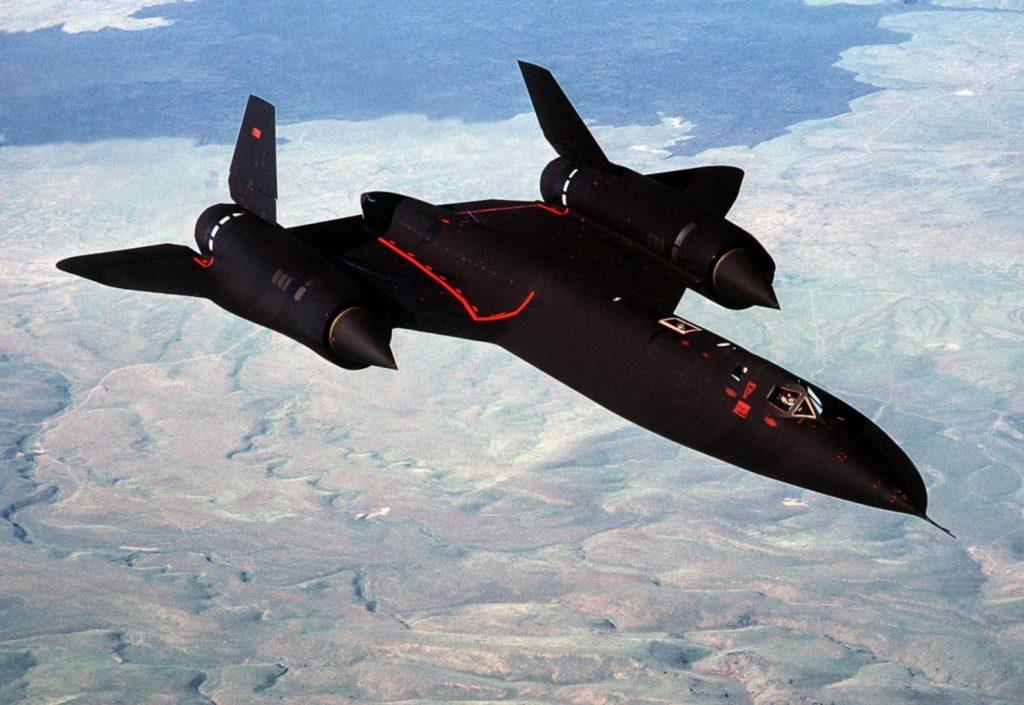To our readers, we present to you the world’s fastest aircraft the Lockheed SR-71 Blackbird; a long-range strategic reconnaissance aircraft that had a top speed of Mach 3+ that was developed by Lockheed’s Skunk Work’s division back in the 1960s.
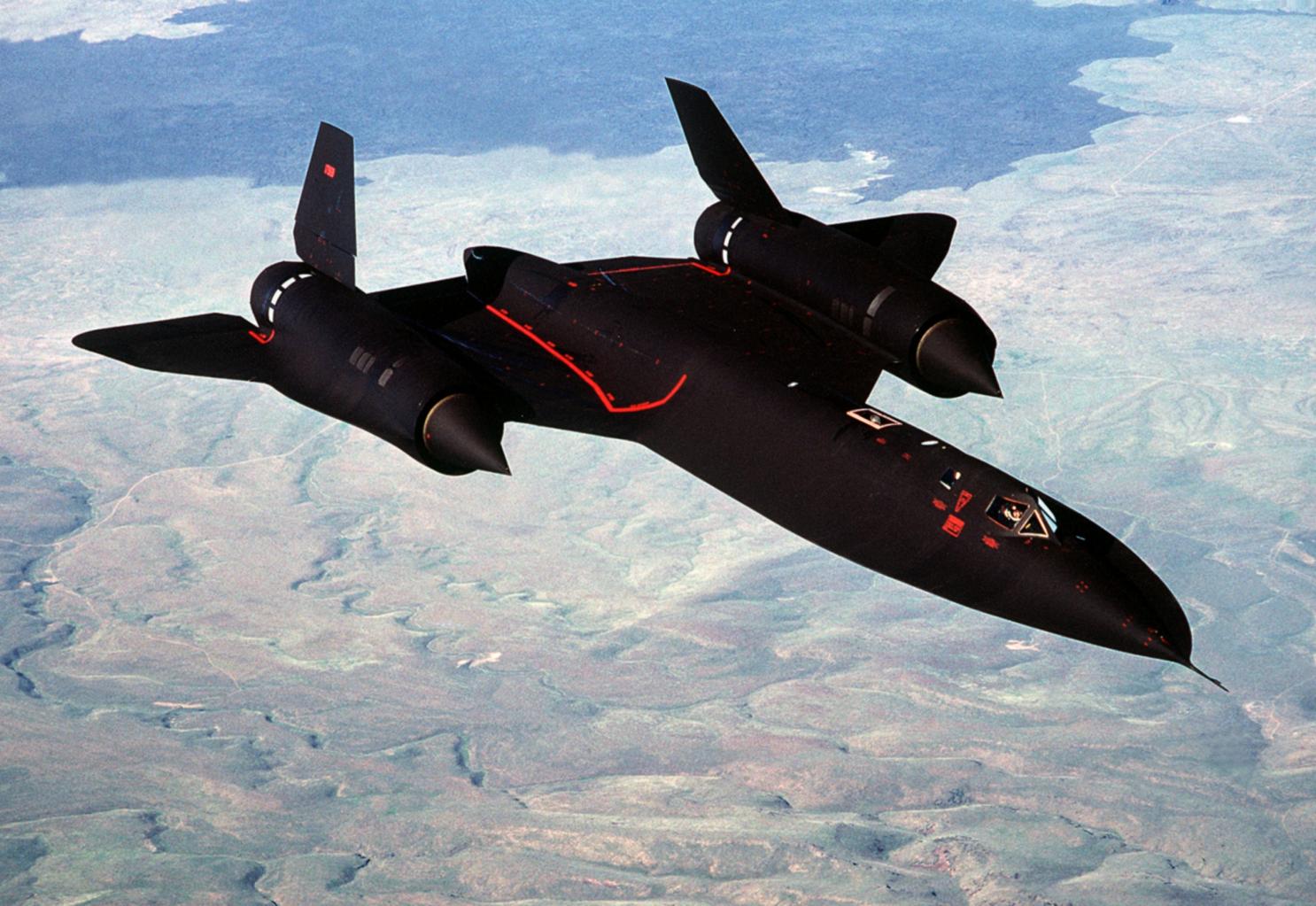
The aircraft holds the record for being the fastest manned aircraft in the world due to its impressive ability to outrace any kind of aerial threats at high altitudes and speeds. The aircraft was in fact so fast in its evasive maneuver that it was standard protocol for the Blackbird pilot to simply speed the aircraft and outfly any incoming missiles.
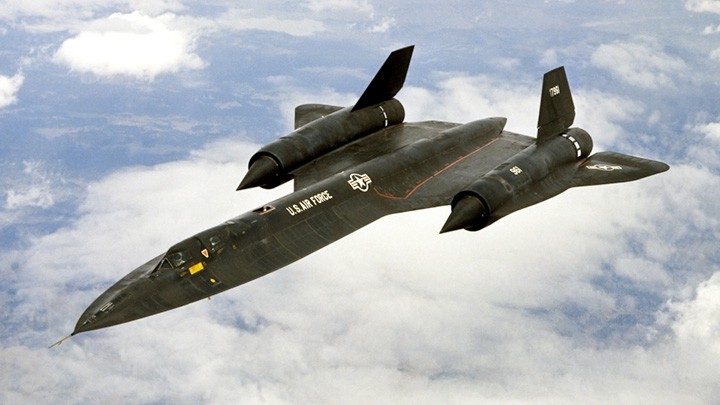
For our readers, we have gathered a bunch of surprising facts you did not know about Lockheed SR-71 Blackbird. In fact, there are so many of these facts there that we cannot help but make a list of them. So here is the first entry on the upcoming many lists of surprising facts you did not know about Lockheed SR-71 Blackbird.
Soviets actually helped in the creation of SR-71 Blackbird:-
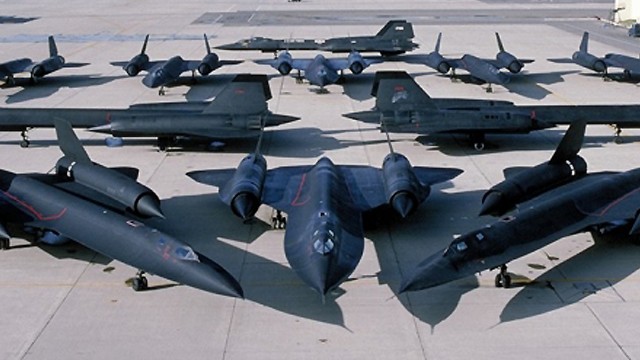
The particular ore named Utile Ore which is used in the creation of titanium is actually found in very few regions of the world. It is special sandy oil that is difficult to scavenger and one of the largest suppliers for this soil is none other than Russia. The spoil was purchased by the USA in large quantities from Russia for the production of SR-71’s airframe. Nearly all of this ore was purchased by the US through the help of third-party companies as well as other foreign countries.
The fact that the US needed huge quantities of this ore was not only that they needed to manufacture nearly 30 of the Blackbirds but also because the alloy happens to be really brittle and tends to break easily. This caused major setbacks on the assembly line as many pieces would break even before the assembly.
Different Nose Cones, Different Purposes:-

The SR-71 Blackbird had three different nose cones that were attached for 3 different purposes. One of the cones was used for training missions and was devoid of any expensive material inside it. It was only weighted like the original to simulate real-life mission scenarios.
One of the other cones had inside a radar unit while the last one had inside an Optical Bar Camera. This camera was used to make a survey of Earth in large proportions.
The Country’s Camera:-

The massive optical Bar Camera which was placed in one of the three cones of the Blackbird was used for the photo recon missions. This camera was given the nickname “The Country’s Camera”. A single photo that this camera could take was 72 miles wide which is actually as wide as the whole of the Vermont state.

This Optical bar Camera was produced by Itek and has also been integrated into aircraft such as U-2 Dragon Lady and the A-12. One part of the cone where this camera was housed had a glass strip on its downside that made it easy for the camera to take a look below for taking images.
Massive Film Line:-
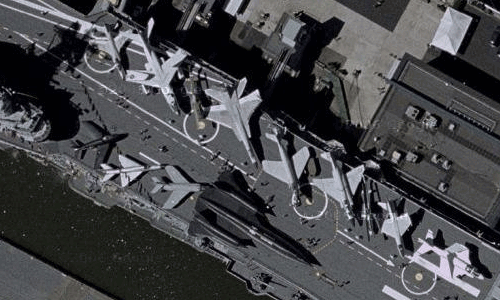
A photo cannot be taken without a film line in such a massive camera and as it happens to be the film line for the Optical Bar Camera was also massive. A single film was 5 inches in width and 2 miles in length. After the Blackbird came back from its missions, the photo maintenance crew would retrieve the film and cut it into 500 feet long segments. The task did not stop there but actually got a lot more difficult. The pot division would them impact these massive rolls of film for any cuts, scratches or tears; a time consuming but necessary process.
4 bolts for keeping Nose Cone in place:-
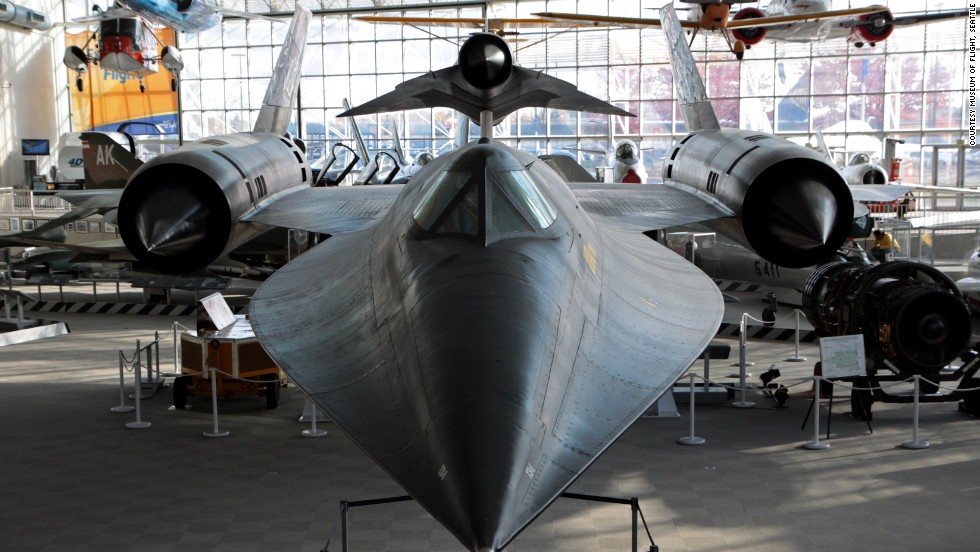
Four bolts for such a legendary aircraft seem a lot out of being a casual thing but the talented staff of the Skunk Works knew of what they were dealing with. The air pressure during the high-speed flights was so intense that it caused the 4 clevis bolts of the Blackbird to keep the cones in place tightly.
Still despite the 4 bolts kept the cone in place it resulted in aerodynamic issues for the aircraft. To resolve the stability issues in flight, engineers added in 2 little ventricle fins on the nacelles of the engine along with a folding ventral fin added on the centerline of the aft fuselage.
Closest a Missile Ever Got to Blackbird:-
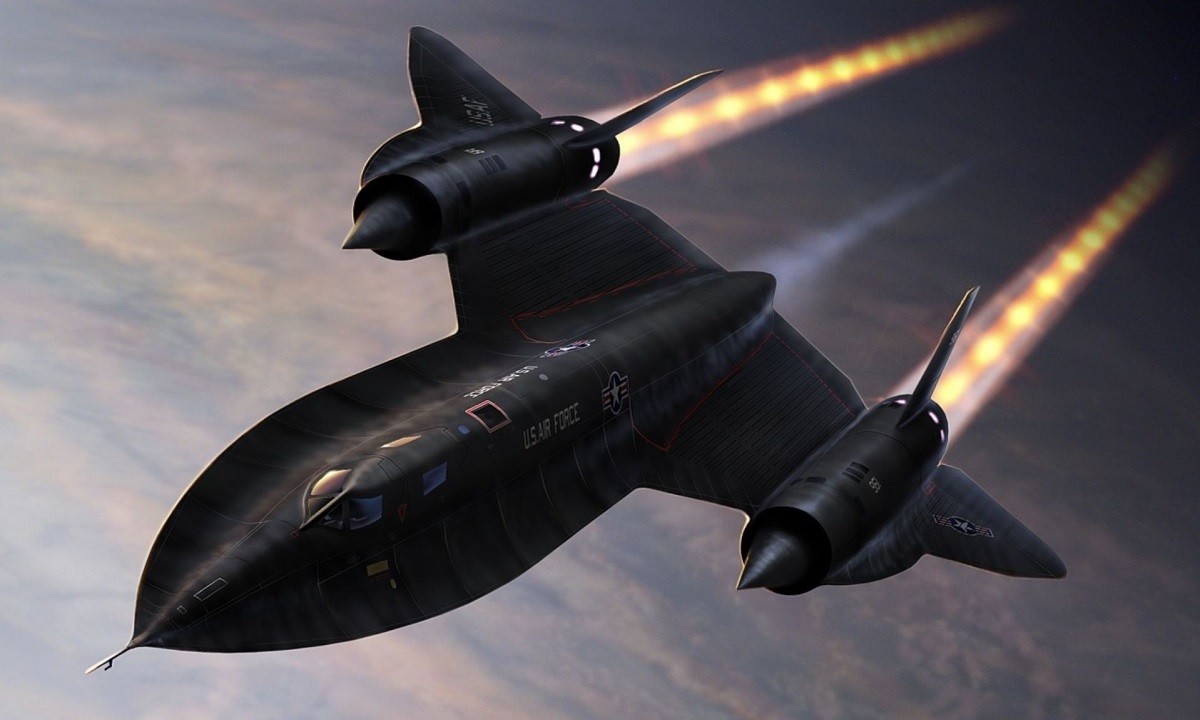
According to reports a little over 100 missiles have been fired at SR-71 Blackbird but the aircraft with its jamming technology and its amazing speed was too nimble to be ever caught by any of them. The jamming technology incorporated in the Blackbird was sophisticated enough to deny the chasing missile to receive any information from the aircraft. After the missile was jammed, the aircraft would make use of its breakaway speed to evade any threat. The closest any missile ever got to the Blackbird was a distance of 1.5 miles between them.
Project completed in Shroud of Secrecy:-
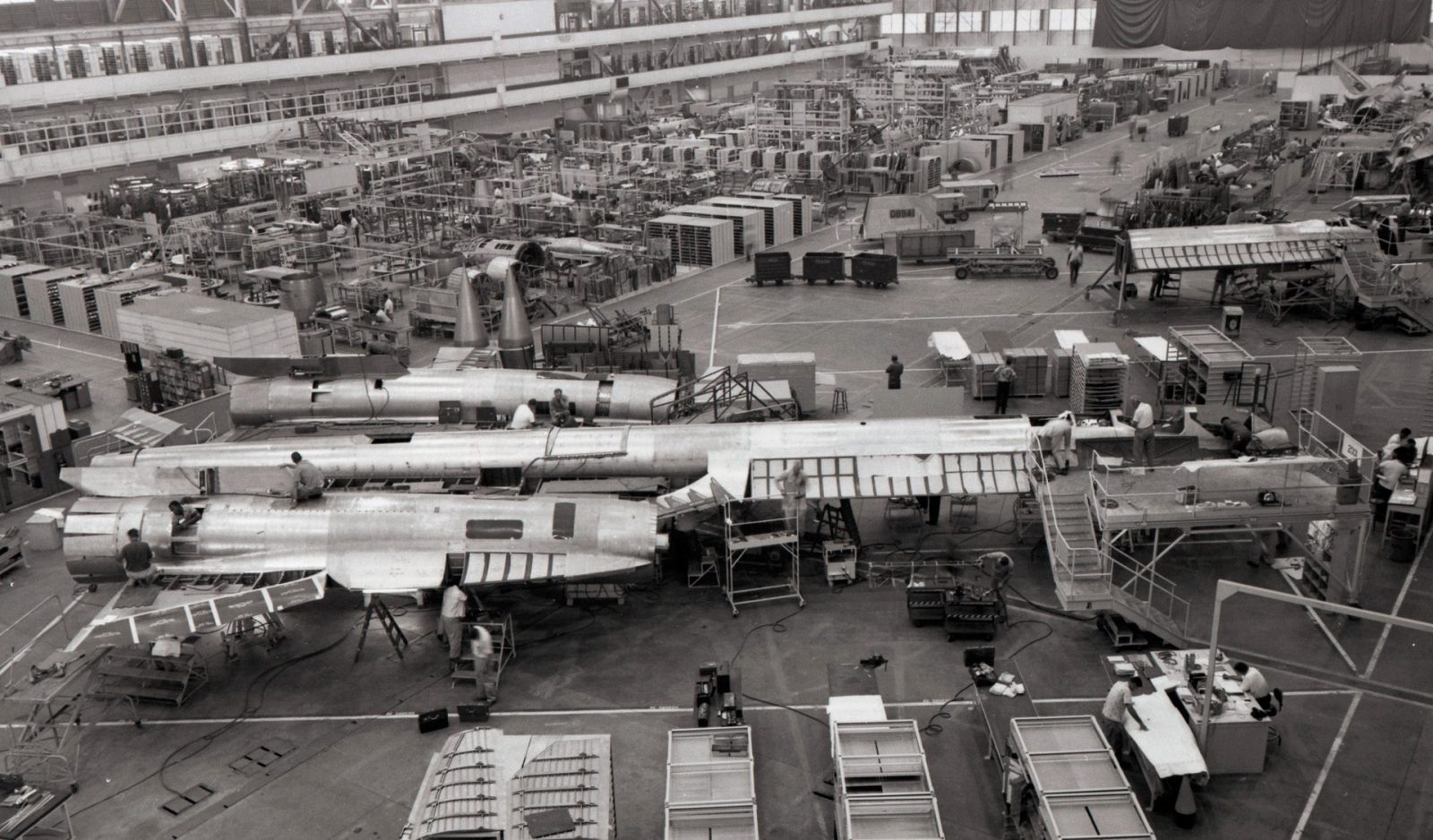
With Cold War being fired up in the 60s, US was in need of an aircraft that could complement the U-2 Dragon Lady. In order to not let the public and more importantly their enemies know about the Blackbird, the entire project, from start to finish, was completed in complete secrecy in collaboration of CIA, US Air Force and Lockheed Skunk Works. In fact, the project was so secretive that the pilots, crew, and employees were refrained from even discussing their security clearance with their wives.
While many were aware of the fact that something was cooking up inside the Skunk Works, no one had the clear idea as to what was brewing up in there until the SR-71 Blackbird was announced by resident Johnson back in 1964.
Related Content
Innovative Features Of The Lockheed Martin F-35 Lightning II (Part 1)


